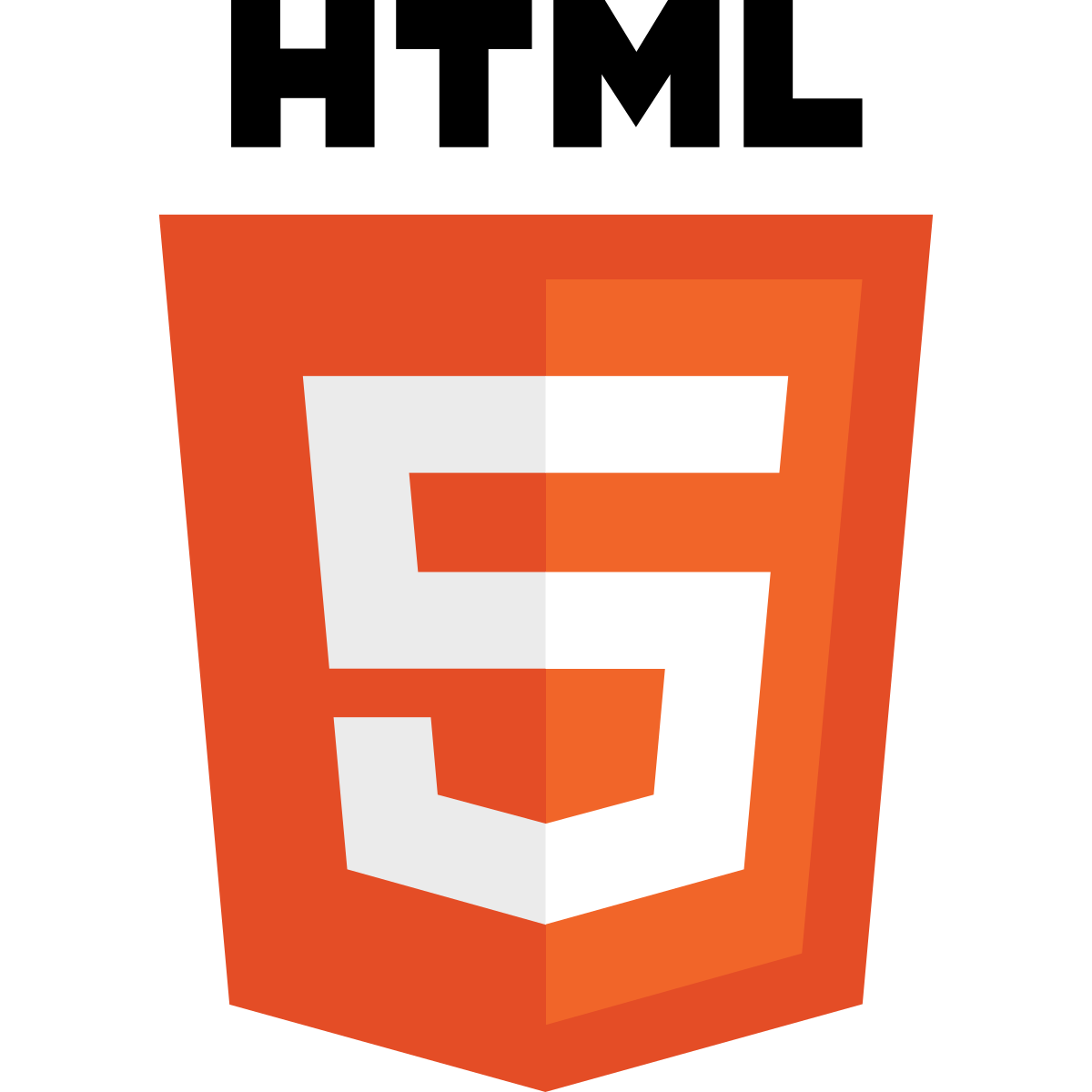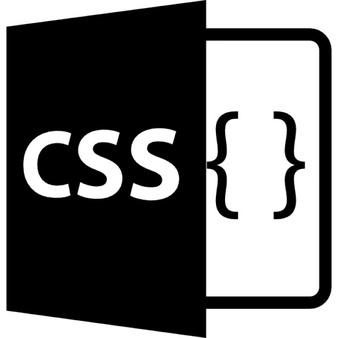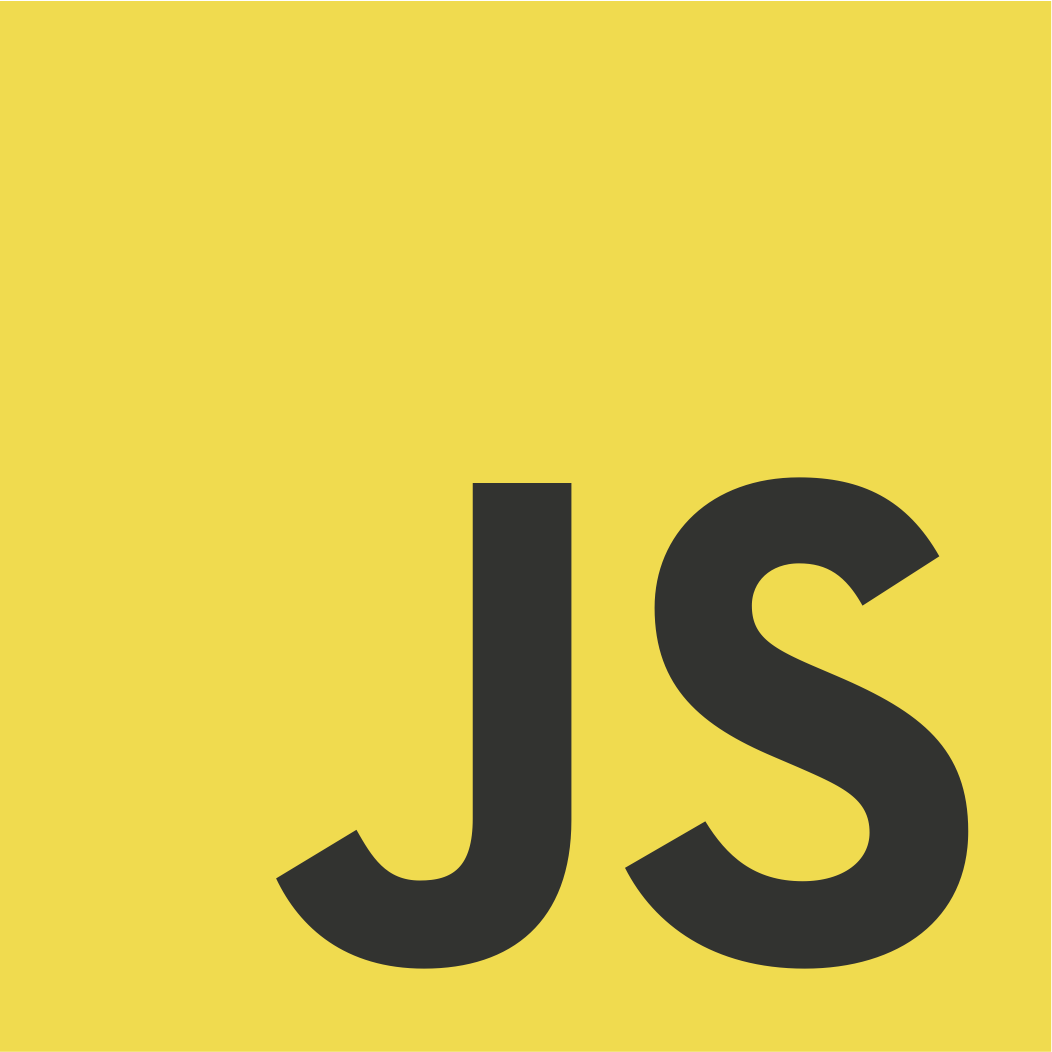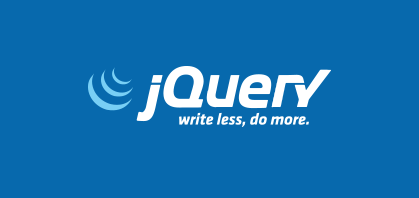 Information Technology Web Certification Program
Information Technology Web Certification Program
This is an beginners web technology every front-end designer must know. After you complete this segmant of the course, you will be able to design web pages using Responsive Web Design, HTML5 and CSS3 principals and frameworks. Your web pages will look good and work right on any screen, from smart phones, to tablets, to desktops. Responsive Web Design (RWD) and RWD frameworks will also be covered.
Prerequisites: Working with Windows, File Management Skills or equivalent experience; familiarity with the internet and keyboarding skills.

New Cascading Style Sheets (CSS3) styles are used to format and control placement of HTML5 elements such as rounded corners, shadow effects, and color gradients. Advanced CSS3 media queries are also covered to handle a variety of devices including screen, printer, tablet, and mobile phone; and integration of scripts into a web page. Syntactically Awesome Style Sheets (SASS) and Leaner Style Sheets (less) languages will also be covered. The Dreamweaver Integrated Development Environment (IDE) will be used to design and develop a website using CSS3 stylization.
Prerequisites: Working with Windows, File Management Skills or equivalent experience; familiarity with the internet and keyboarding skills.

Today, JavaScript is used on most of the pages of a modern website, from small individual sites to the largest commercial sites. And wherever JavaScript is used, you’ll also find jQuery. That’s why every web developer should know how to use JavaScript for what it does best and jQuery for what it does best. This course will provide you the skills needed on the job to write JavaScript and use JQuery without wasting your time on skills that you aren’t likely to need. You will learn the basics of DOM scripting with JavaScript. You will also learn how to use jQuery for DOM scripting and jQuery Plugins because that’s the best way to develop JavaScript application.
Prerequisites: HTML5 & CSS3


jQuery, is the industry standard JavaScript library used to add interesting, interactive features to your web site. Topics will include jQuery set-up, installation, and use; using jQuery action/reaction events; and show/hide. Learn to quickly add animations and effects, image slide shows, photo galleries, and rollovers. Add a jQuery navigation bar. Enhance and validate forms and learn other jQuery web features. The Dreamweaver Integrated Development Environment (IDE) will be used to design and develop a website using jQuery libraries.
Prerequisites: HTML5 & CSS3 & JavaScript

This course is an overview of core technologies developed for defining asynchronous web capabilities. XML documents are a validating structure and formatting, used to and delivering metadata information via the Web.
Prerequisites: HTML5, CSS3, JavaScript, and jQuery or equivalent experience.
JavaScript Object Notation (JSON) is an open-standard file format that uses human-readable text to transmit data objects. These are the most common data formats used for browsers and servers.
Prerequisites: HTML5, CSS3, JavaScript, and jQuery or equivalent experience.
Asynchronous JavaScript and XML (AJAX) is a set of Web development techniques using many web technologies on the client side to create asynchronous Web applications. With AJAX, web applications can send and retrieve data from a server in the background without interfering with the display and behavior of the existing page. AJAX is not a single technology, but rather a group of technologies that include JavaScript, JSON and XML. Hands-on activities include building and validating AJAX data retrieval and presentation. The Dreamweaver Integrated Development Environment (IDE) will be used to design and develop asynchronous web capabilities using XML, JSON, and AJAX.
Prerequisites: HTML5, CSS3, JavaScript, and jQuery or equivalent experience.

Learn the foundational building blocks for designing and creating HTML5, mobile-first web sites optimized for modern computers, tablets, and mobile devices using Responsive Web Design (RWD) principles. Topics include: layout using fluid, proportion-based grids, and flexible images. You will also develop a RWD compliant website. Frameworks to be covered include: Bootstrap and w3.css. The Dreamweaver Integrated Development Environment (IDE) will be used to design and develop RWD compliant websites using the Bootstrap and w3.css frameworks.
Prerequisites: HTML5, CSS3, JavaScript, jQuery, XML, JSON & AJAX or equivalent experience.

In this capstone online course, the students will organize their project to create a portfolio based on the projects developed in the Front-End Web Development core courses (HTML5, CSS3, JavaScript, JQuery, and XML / JSON / Ajax). The instructor will provide feedback on their project, and by the completion of this course, students will have created a portfolio site with examples of their work. Successful completion of this course is required to obtain a certificate of completion of the Front-End Web Development course sequence. This is a Distance Learning course with Instructor feedback, and students will have up to three weeks to complete and submit their portfolio for review.
Prerequisites: Successful completion of HTML5-CSS3, JavaScript-JQuery, XML/JSON/AJAX, and Responsive Web Design (RWD).